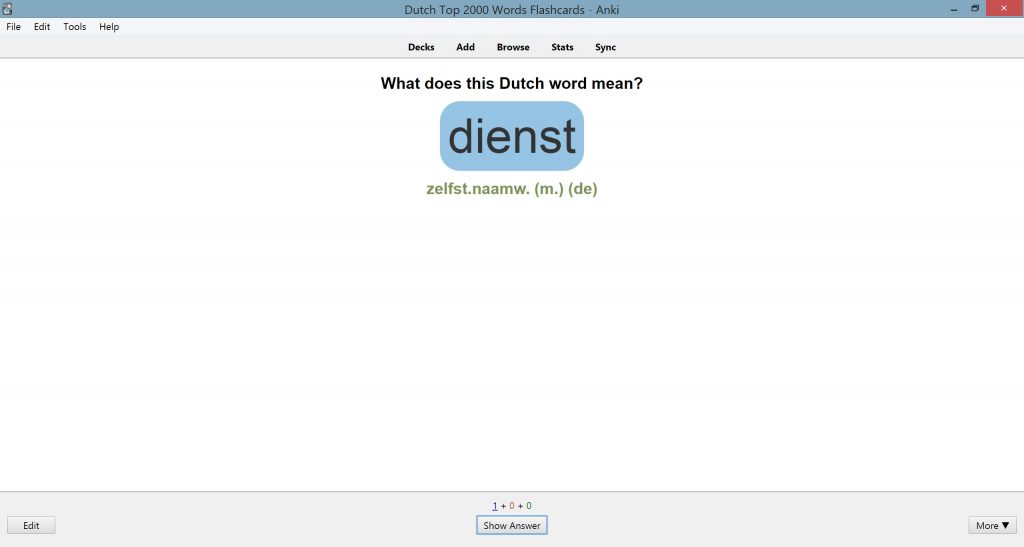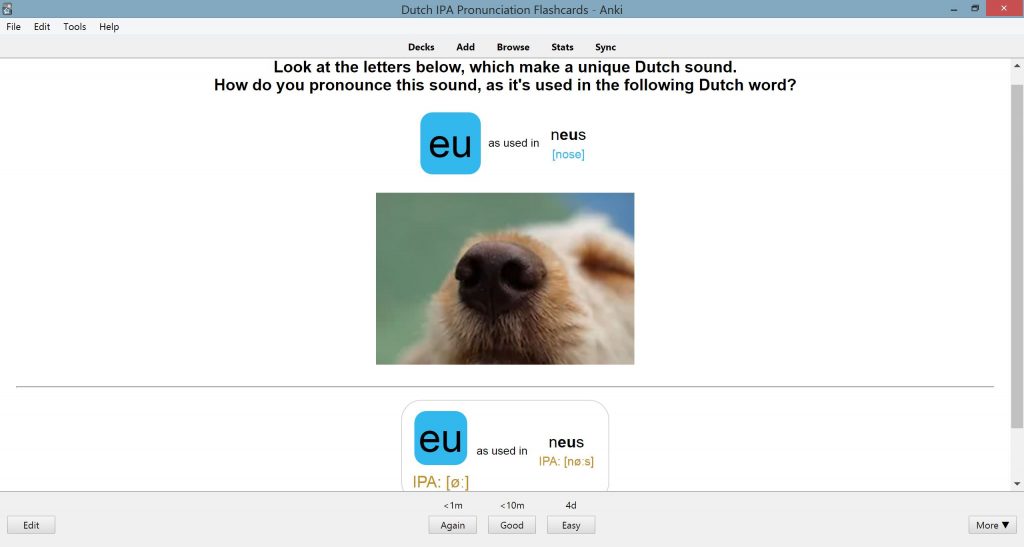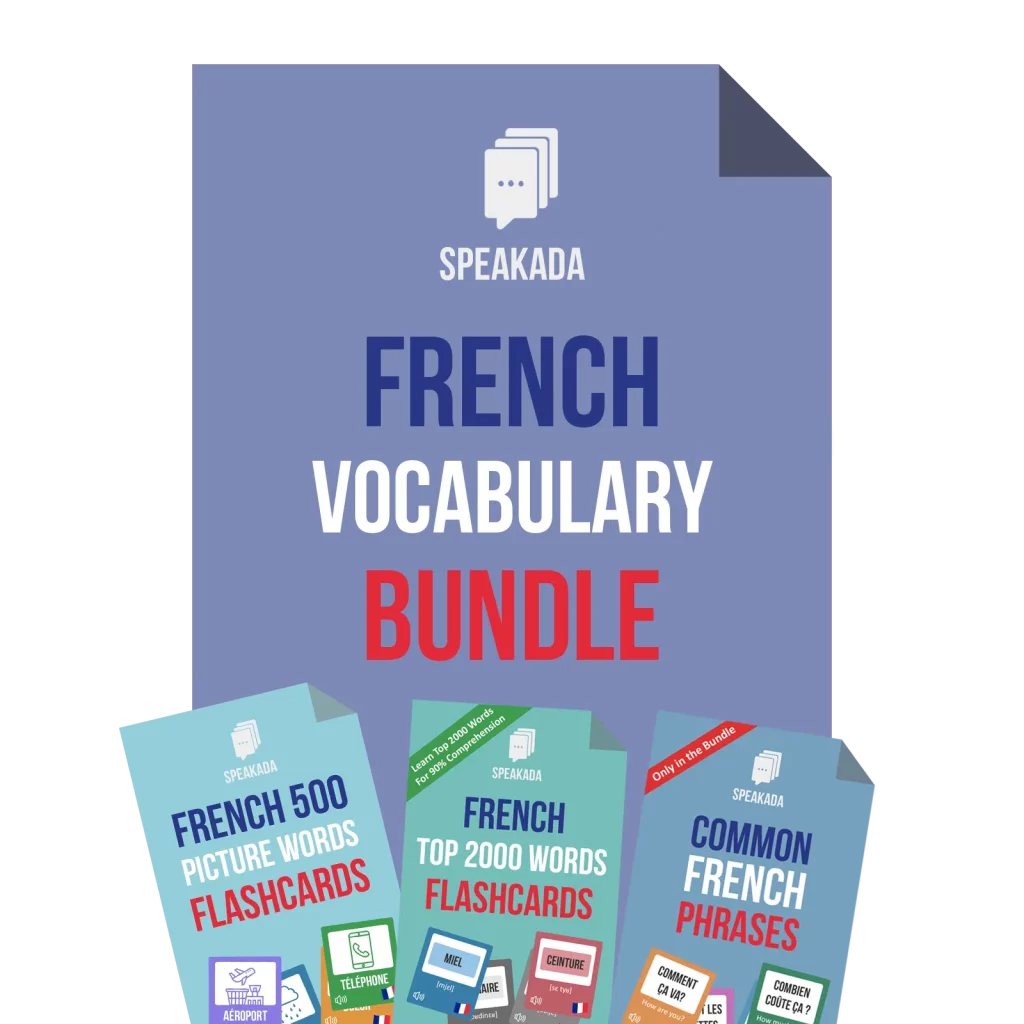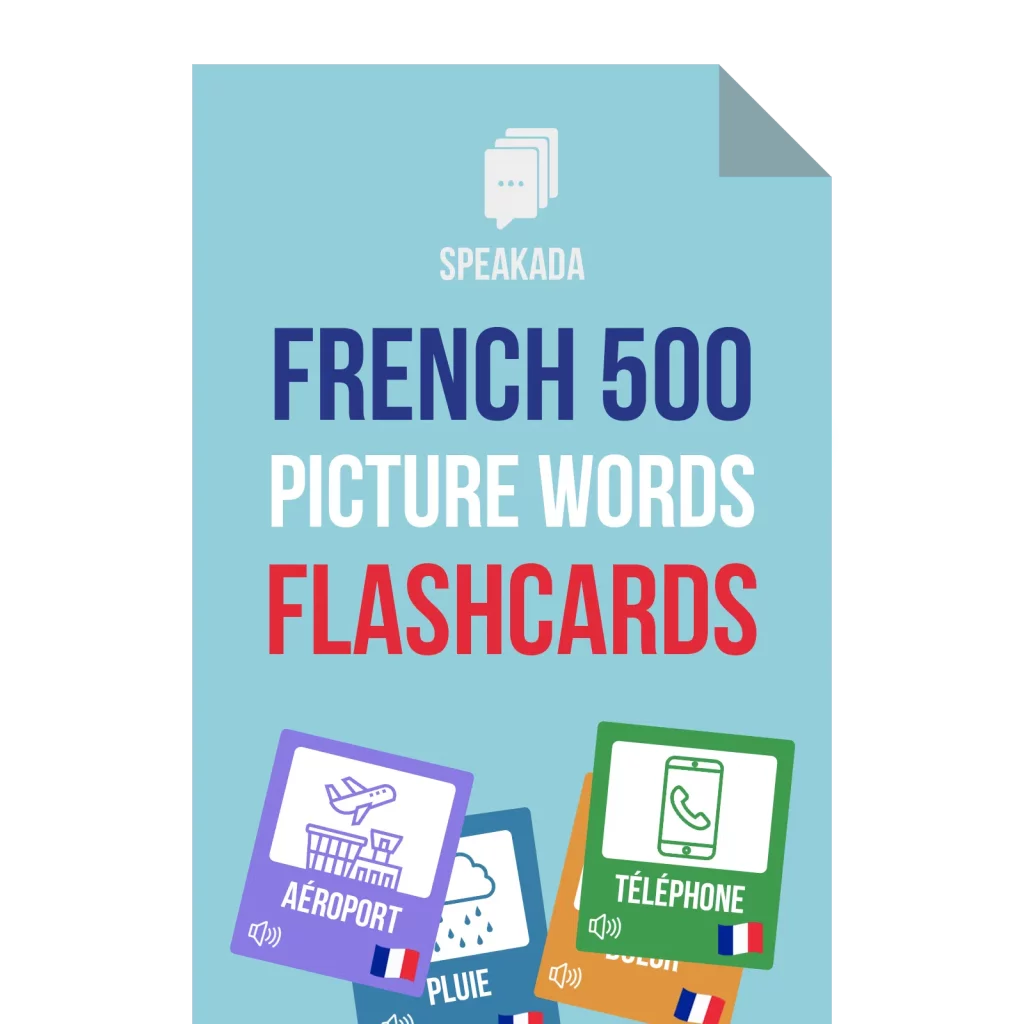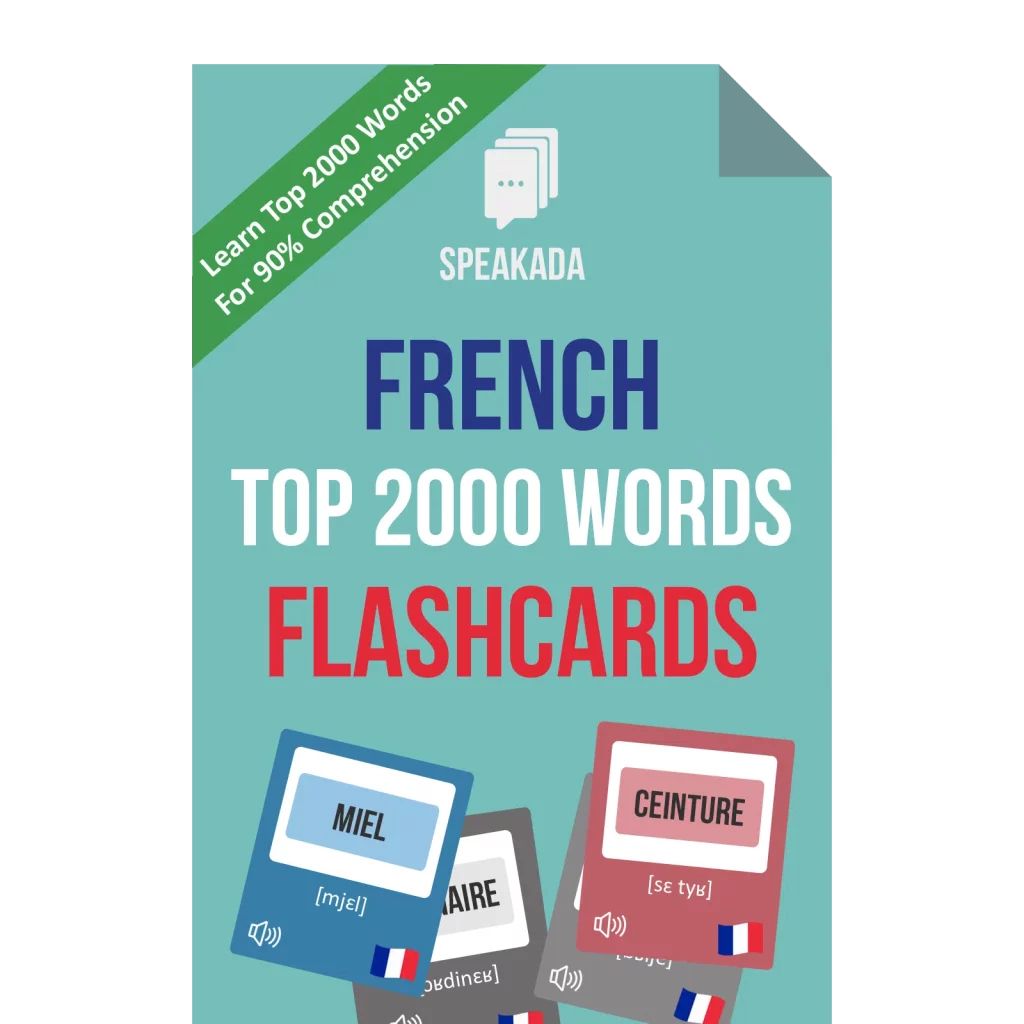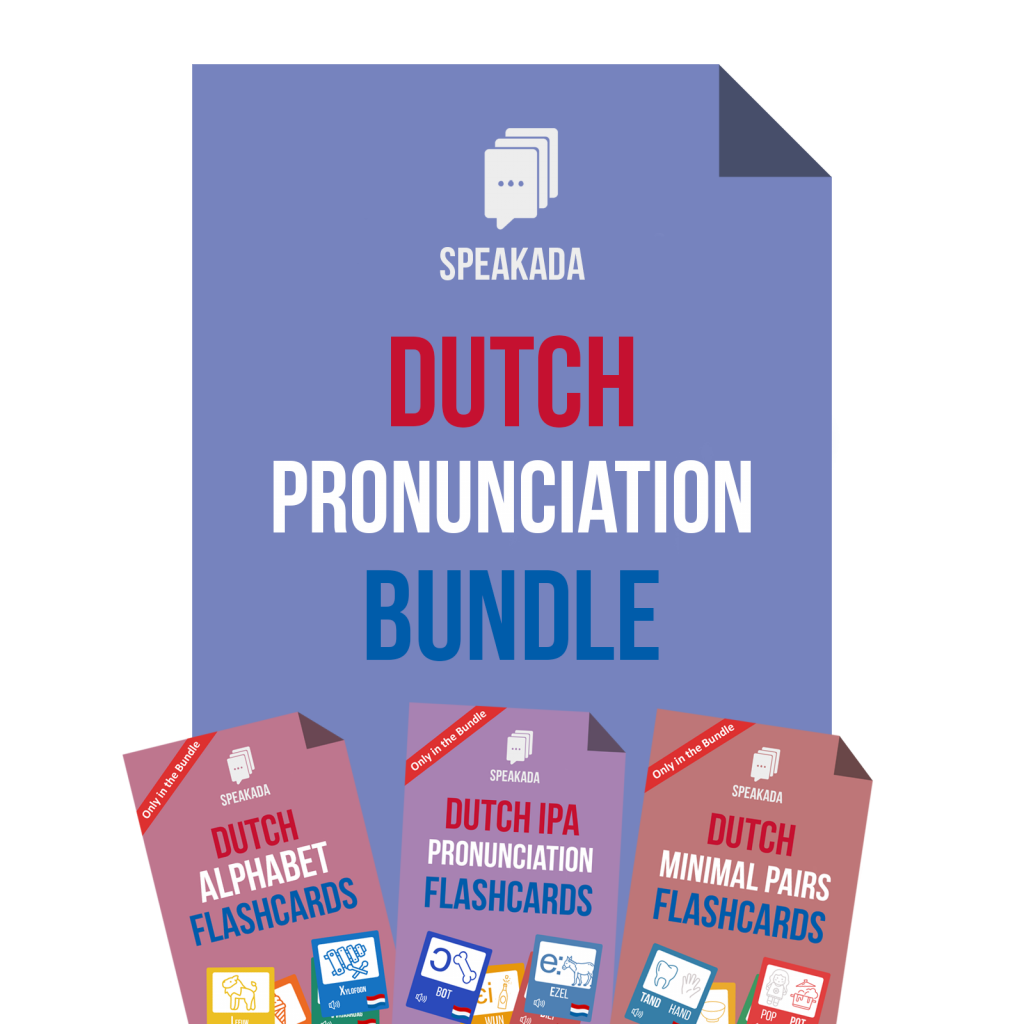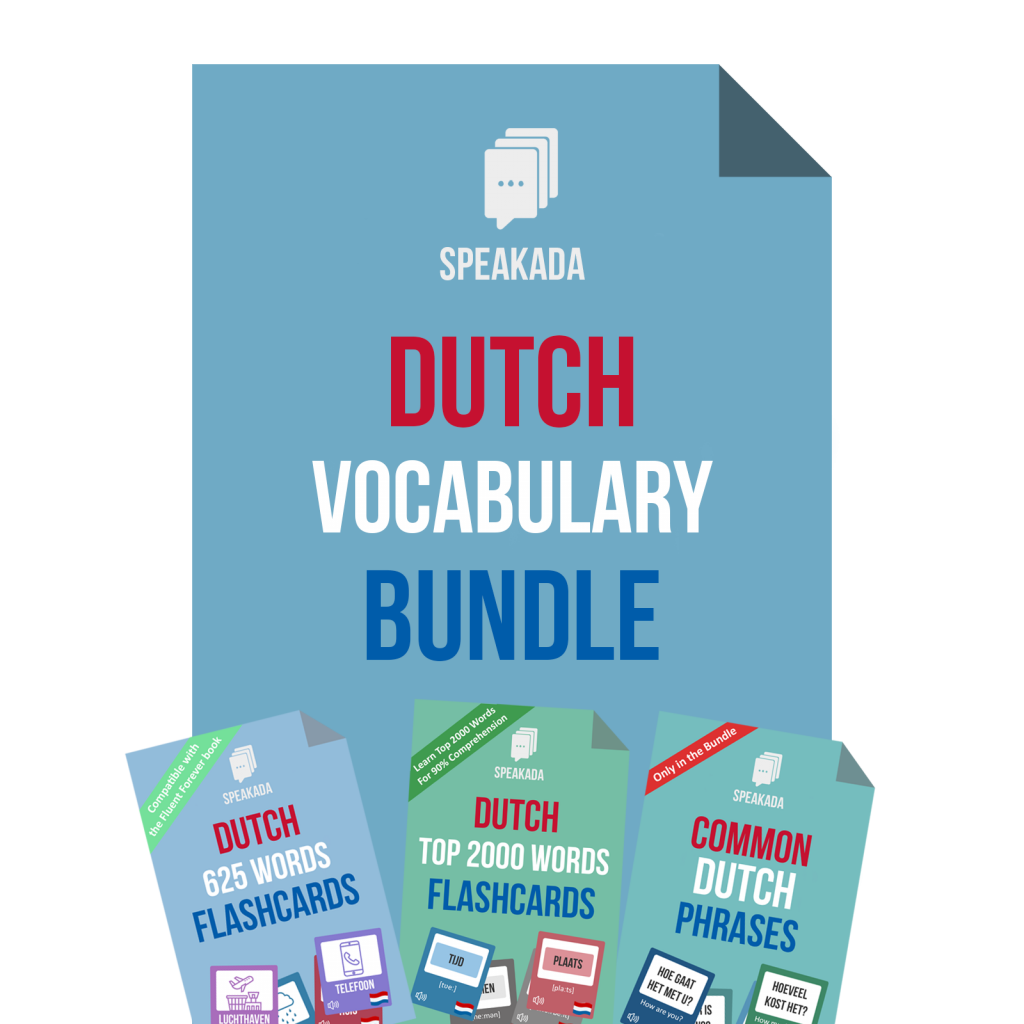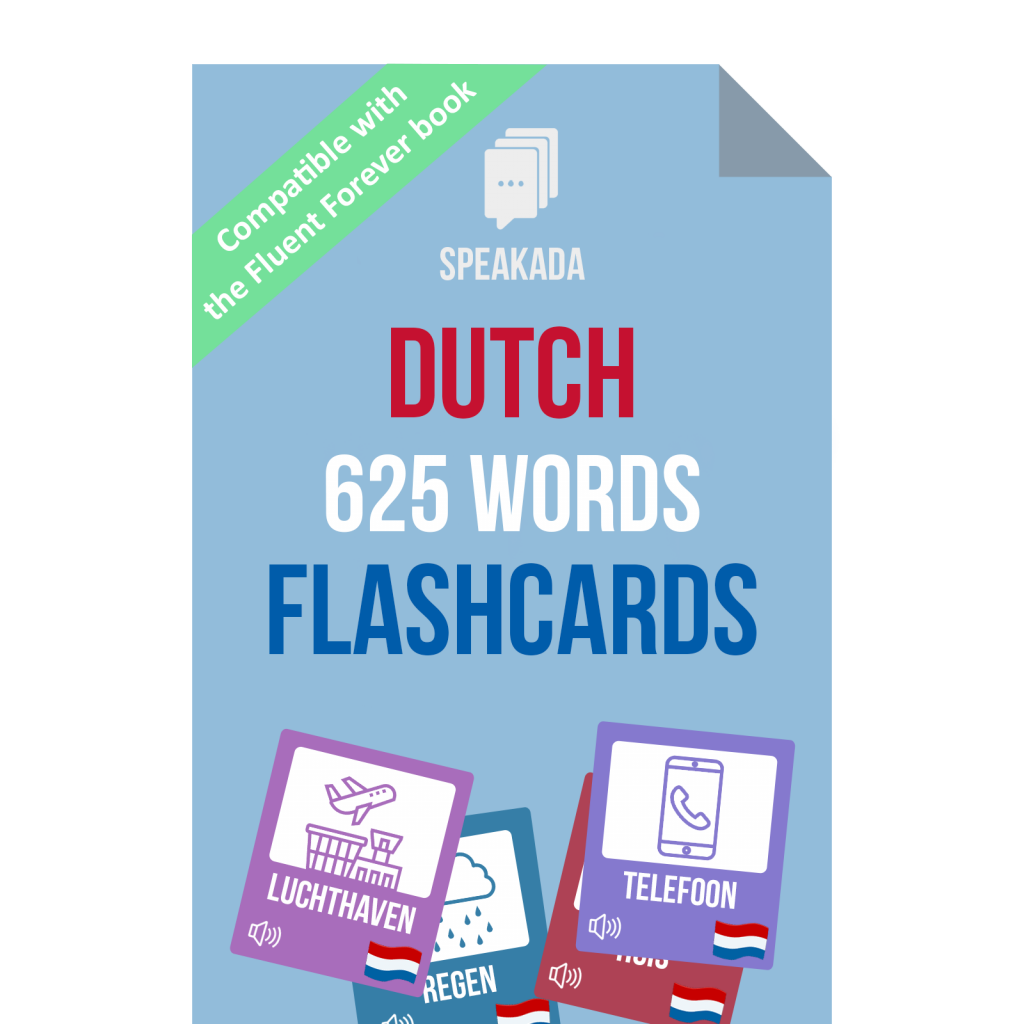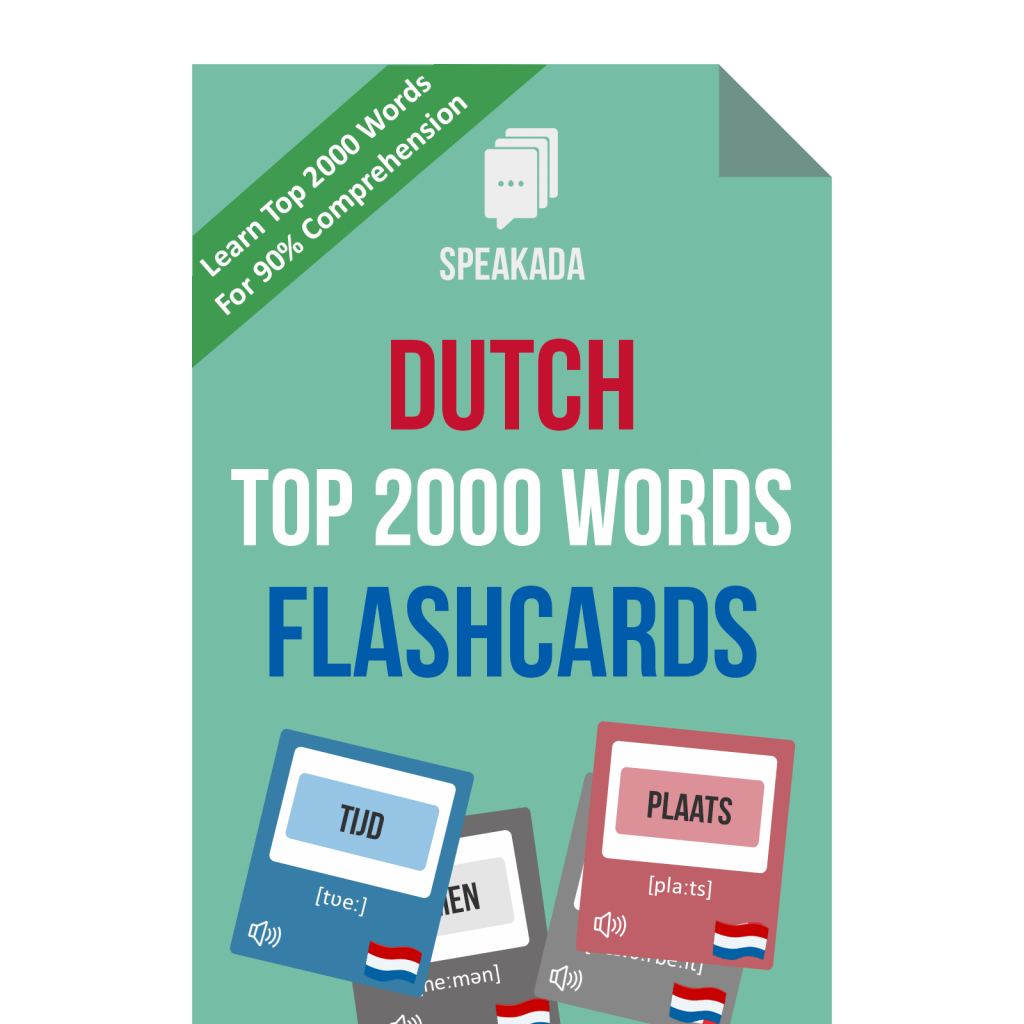How Many Hours to Learn Dutch and Reach Fluency?
Many beginner Dutch learners want to know: How many hours to learn Dutch and reach a decent level of fluency?
When you learn Dutch, it’s just like any other skill that you want to acquire and develop. The more time you dedicate to learning Dutch, the faster you will reach fluency. So, if you learn Dutch for 5 hours per day, then you’ll get significantly more progress than if you only spent 1 hour per day.
In this article, we’ll go into more depth about the relationship between your study time and reaching Dutch fluency. Firstly, we’ll discuss 3 factors that contribute to the amount of time to reach fluency. Next, we’ll examine how many hours the Foreign Service Institute suggests are required to reach a professional working proficiency of Dutch.
Then, we’ll analyze 3 typical amounts of time that language learners will have available to them. From this, we’ll provide conclusions about how much progress Dutch learners will reach when using the Speakada method and using spaced repetition (Anki).
3 Factors That Contribute to the Time to Reach Fluency
1) Your Available Time per Day
If you want to reach Dutch fluency fast, then it will largely depend on how much available time you have per day to learn Dutch.
Some factors that contribute to the amount of time you have available include:
- Work
- Personal obligations
- Family and relationships
- Other hobbies and interests
When you understand how much time you have available, then this will allow you to understand how realistic it is to reach fluency by a certain timeframe. You’ll also be able to estimate how much Dutch progress you can expect to see by a certain date.
2) Your Current Level of Dutch
Your current level of Dutch also plays a role in how much time you’ll need to dedicate, whether you are a beginner who has never learned Dutch, or whether you are intermediate or advanced. Your baseline Dutch level today is an important factor for how much more Dutch progress you’ll make in a given timeframe.
If you are a Dutch beginner, then you would need to spend more hours per day to reach fluency within a specific time period. In contrast, Dutch intermediate learners would need less hours per day to reach that same fluency level within the same time period. While Dutch advanced learners would generally need less time if they want to fine tune their fluency level.
Similarly, if you are learning Dutch by using flashcards with a Spaced Repetition System, then your daily active study time will decrease as you improve your Dutch level. The reason for this is because as you reach higher and higher levels of Dutch, then it will be harder and harder to find new vocabulary and grammar that you haven’t already learned. You will know more and more of the Dutch language as you progress your Dutch level, which is a good thing. So your active study time per day will be less when your Dutch is more advanced.
3) Your Native Language and its Closeness to Dutch
Your native language will also affect how many hours it will take you to learn Dutch. If your native language is closely related to Dutch, then it will be much faster for you to reach Dutch fluency. This is because when languages are closely related, then they share several common words, grammar structures, writing systems, pronunciation and even culture and linguistic history.
The Dutch language is categorized as a West Germanic language of the Germanic family of languages. If you’re a native speaker of another West Germanic language, such as English, German, and Dutch, then you will need less hours to learn Dutch than a native speaker of a non-West Germanic language.
The English language is relatively close to the Dutch language so native English speakers will reach Dutch fluency much faster than native speakers of Chinese, Japanese and other more distant languages.
How Many Hours to Learn Dutch According to FSI
The Foreign Service Institute (FSI) created language learning timelines to determine the amount of time it takes to learn specific languages. FSI used more than 70 years of experience teaching U.S. diplomats who were required to reach a professional working proficiency level. This meant that employees were expected to reach a score of “Speaking-3/Reading-3” on the Interagency Language Roundtable scale before commencing work. This is equivalent to about B2 level fluency on the CEFR scale (Common European Framework of Reference for Languages).
The FSI guidelines are useful to determine how long it takes to learn Dutch. It takes into consideration a number of factors including the language learner’s natural ability, prior linguistic experience and time spent learning.
According to FSI, it will take 30 weeks to learn Dutch. It is expected that a language learner will spend 750 hours within those 30 weeks in order to reach a professional working proficiency level of Dutch.
What to Do With the Hours You Have Available
Now that we know how many hours to learn Dutch from reputable sources, we have found out that it takes around 750 hours to reach a professional working proficiency level of Dutch. We can now look at what we can do with the time you have per day and how this will affect your progress.
For the purpose of this article, we’ll be using the Speakada method and assume that you are starting from a beginner level.
3 or More Hours Per Day
If you have 3 hours or more per day to learn Dutch, then this amount of time will drastically improve your Dutch within 3 to 6 months. Not many Dutch learners will have the luxury of 3 or more hours to spend on Dutch per day, but if you do, then it will also take dedication and focus. If you are a Dutch beginner, and you study for 3 or more hours per day, then you can get through the core of Dutch pronunciation and vocabulary within a few months.
Let’s take for example the top 2000 Dutch words flashcard deck, made by Speakada. If you go through this deck using your 3 hours per day, then you’ll be able to learn around 40 new cards per day or more. As a result, it will take around 2 months to complete the deck and learn all 2000 words. Once you study all of the 2000 word flashcards, you’ll essentially have 90% Dutch comprehension.
Once you’ve learned the core of the Dutch language, then you can use your time to create and study more personalized flashcards based on your needs. If your goal is to comfortably watch the news, read books in Dutch and converse with ease, then there’s more work you’ll need to do.
As a Dutch intermediate or advanced learner, you could use your 3 hours per day in the following way: spend 1 hour reviewing and creating cards using Anki, 1 hour reading in Dutch and 1 hour actively listening in French per day. If you have more than 3 hours per day, be sure to divide your time between Anki, reading and listening in Dutch evenly. Otherwise, you are never going to have your brain to switch over to thinking and viewing the world through Dutch.
2 Hours Per Day
If you have 2 hour per day of study time available, and you’re a Dutch beginner, then focus on studying the basics of French with Anki flashcards. During those 2 hours per day, you would be able to learn at least 10 new cards per day with Anki, while maintaining flashcard reviews of the material you already learned.
Spend less time making cards if you only have 2 hours by buying pre-made Dutch Anki flashcards to learn pronunciation and vocabulary. If you only have 2 hours and you are spending one of those 2 hours making cards, that is not a very good use of the time.
Once you move beyond learning the top 2000 words in Dutch, you might want to start easing into comprehensible Dutch input by listening to music, reading articles or watching the news. You’ll want to aim for at least an hour per day of comprehensible input as the bare minimum. This will take up 1 hour out of the 2 hours, leaving you with 1 hour to complete Anki reviews and perhaps adding personalized grammar points or vocabulary you come across that you want to learn.
1 hour or Less Per Day
If you only have 1 hour available per day to study Dutch, then you could simply focus on learning 10 new cards per day on Anki. This is still doable with about 1 hour per day.
You 1 hour of time per day can still be beneficial especially if you are at the beginner stages of the Dutch language. The earlier you are in your Dutch language development, the easier it is to improve. If we think about your Dutch progress in terms of percentages, then it’s a lot easier to go from 0% of Dutch to 50% Dutch knowledge, than go from 50% to 100%. This is because at the beginning you don’t know anything so you can learn the most common 100 words. If you learn the 100 most common Dutch words, then your Dutch comprehension will go from literally 0% to 10%.
That’s a huge gain right? You’ll discover that you’ll achieve a lot of Dutch progress at the beginning, so 1 hour of study per day can still be beneficial.
However, the more Dutch you learn, the harder it is to achieve big leaps of progress. In fact it gets harder and harder as you approach the more advanced stages of Dutch. So at the higher Dutch levels, you may need to dedicate more time and focus than just 1 hour per day.
For Dutch Beginners
If you are a beginner and have 1 hour or less per day, focusing all your time learning Dutch using Anki is the best solution. When you start learning Dutch, you can make progress for a while with just 10 new cards daily, learned during your 1 hour a day. If you continue with this, then you will improve your Dutch over time. This includes reviewing cards, which can typically take 20 to 30 minutes per day.
To speed things up, especially at the beginning, you can opt for pre-made Anki Dutch flashcards that will allow you to focus on reviewing and learning Dutch pronunciation, vocabulary and grammar. With pre-made flashcards, you’ll no longer need to allocate time to make new cards, which means you can spend the entire hour learning Dutch. So, you might be able to increase your amount of new cards per day from 10 to 20 or more. You can test it out and see which option works for you.
Eventually, you may reach a plateau at some point. When you want to overcome that plateau, you might find it difficult with just 1 hour per day, using Anki flashcards alone. This happens because Anki would have helped you learn thousands of words and other Dutch language features using flashcards. But you need to consolidate that knowledge by actually immersing yourself in native language Dutch content regularly.
Once you can start reading or listening to Dutch content, then you can dedicate more of your 1-hour study time with natural Dutch language content that you enjoy. Then, you’ll be able to get better quickly because you will be able to actualize this large bank of potential knowledge that you built up through flashcards and spaced repetition.
For Dutch Intermediate and Advanced Learners
Once you are fluent and you want to maintain your Dutch fluency, you can spend your 1 hour per day getting immersed in as much Dutch comprehensible input as possible. Whether this is watching a movie, listening to the news or reading a book, you can dedicate your 1 hour of Dutch per day doing what you enjoy. This can help to maintain your level of ability while doing a fun activity. At the same time, you can also add a few cards to Anki whenever you come across new Dutch words or grammar points that you want to remember.
With limited time of just 1 hour per day, try tackling problematic areas instead of trying to learn everything and anything. For example, you can’t get good at reading and listening at the same time because there may not be enough time to progress fast enough. So, figure out what areas you need to improve most and focus your limited time on improving this area.
The Bottom Line for How Many Hours to Learn Dutch
The Foreign Service Institute states that it will take 750 hours in total to reach a level of Dutch that is passable for employment. Working out how many hours to learn Dutch in order to reach fluency can be tricky as there are several factors that contribute to how many hours you have to spend learning Dutch each day.
You May Also Like
More Anki Dutch Articles

Best Dutch Anki Decks 2024 That You Need Now

How to Learn Dutch Vocabulary

How to Use Anki for Dutch

Mastering Dutch Made Easy: Step-By-Step Guide for How to Learn Dutch Now

How Long Does It Take to Learn Dutch Now


